Explore The Historic Landmarks Of Bangladesh: A Journey Through Time

Are you ready to embark on an unforgettable journey through the rich history of Bangladesh? Known for its deep-rooted culture and iconic landmarks, this South Asian gem is a sightseer’s delight.
This blog will take you on a virtual tour of the top historic landmarks in Bangladesh, providing insightful details and traveler’s experiences for each. So let’s dive right into this timeless adventure!
Key Takeaways
- Sonargaon, National Parliament House, Lalbagh Fort, Ahsan Manzil, Jatiyo Sriti Shoudho (National Martyrs’ Memorial), Jaflong, Sadarghat, Puthia Temple Complex, Ruins of the Buddhist Vihara at Paharpur and Dhakeshwari Temple are some of the top historic landmarks in Bangladesh.
- These landmarks hold great historical significance and offer a glimpse into Bangladesh’s rich past and cultural heritage.
- Visitors can explore architectural marvels like Lalbagh Fort and Ahsan Manzil or pay tribute to those who sacrificed their lives during the liberation struggle at Jatiyo Sriti Shoudho. The ruins of Paharpur offer a chance to witness South Asia’s second largest Buddhist monastery.
Top 10 Historic Landmarks in Bangladesh
 Sonargaon, National Parliament House, Lalbagh Fort, Ahsan Manzil, Jatiyo Sriti Shoudho (National Martyrs’ Memorial), Jaflong, Sadarghat, Puthia Temple Complex, Ruins of the Buddhist Vihara at Paharpur, and Dhakeshwari Temple are some of Bangladesh’s top historic landmarks.
Sonargaon, National Parliament House, Lalbagh Fort, Ahsan Manzil, Jatiyo Sriti Shoudho (National Martyrs’ Memorial), Jaflong, Sadarghat, Puthia Temple Complex, Ruins of the Buddhist Vihara at Paharpur, and Dhakeshwari Temple are some of Bangladesh’s top historic landmarks.
Sonargaon
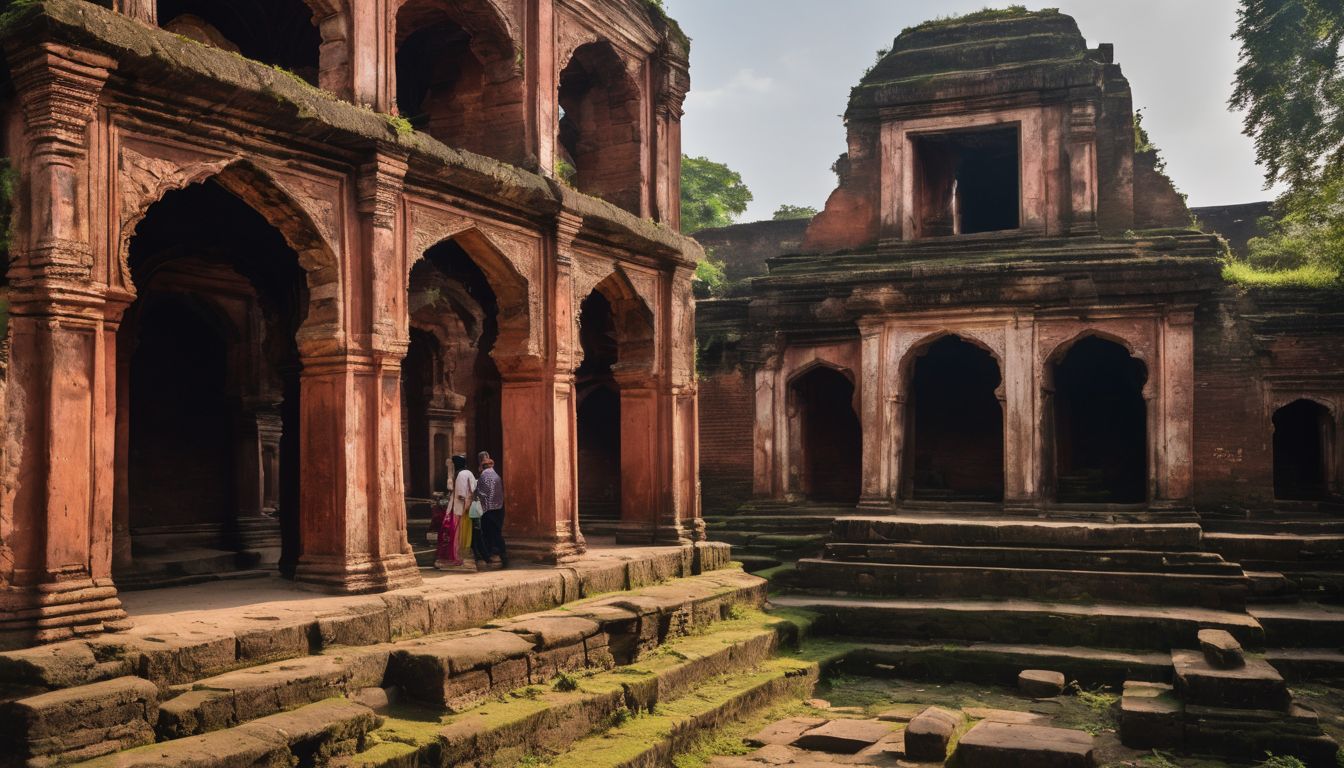
Sonargaon is in the middle of Bangladesh. Long ago, it was Bengal’s capital city. It sits in Sonargaon Upazila, part of Narayanganj District and Dhaka Division. You will love its beauty! The city has old ruins that get a lot of visitors each day.
There are many places to see like Lalbagh Fort and Panam Nagar. It played a big role during Mughal history time which makes it famous for people who study history.
National Parliament House
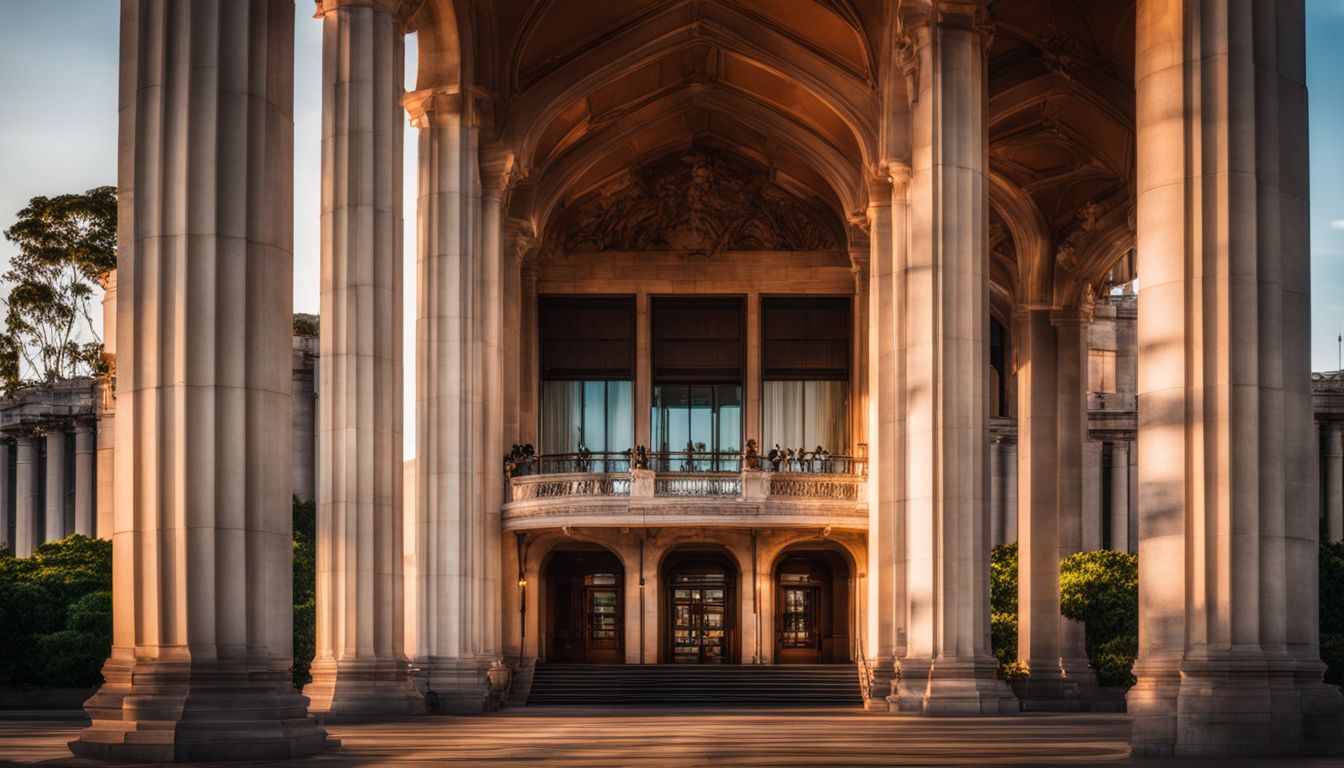
The National Parliament House is in Sher-e-Bangla Nagar. It’s where the lawmakers of Bangladesh meet. The building is a big part of Bangladesh’s history. It stands for the country’s freedom and rules.
This grand place was built in the 1980s. One look at it will show you its unique design. Eight halls make a circle around one main hall. With an area over 200 acres, this is one of the world’s biggest places like this! When you visit these famous landmarks in Bangladesh, don’t miss out on this spot!
Lalbagh Fort
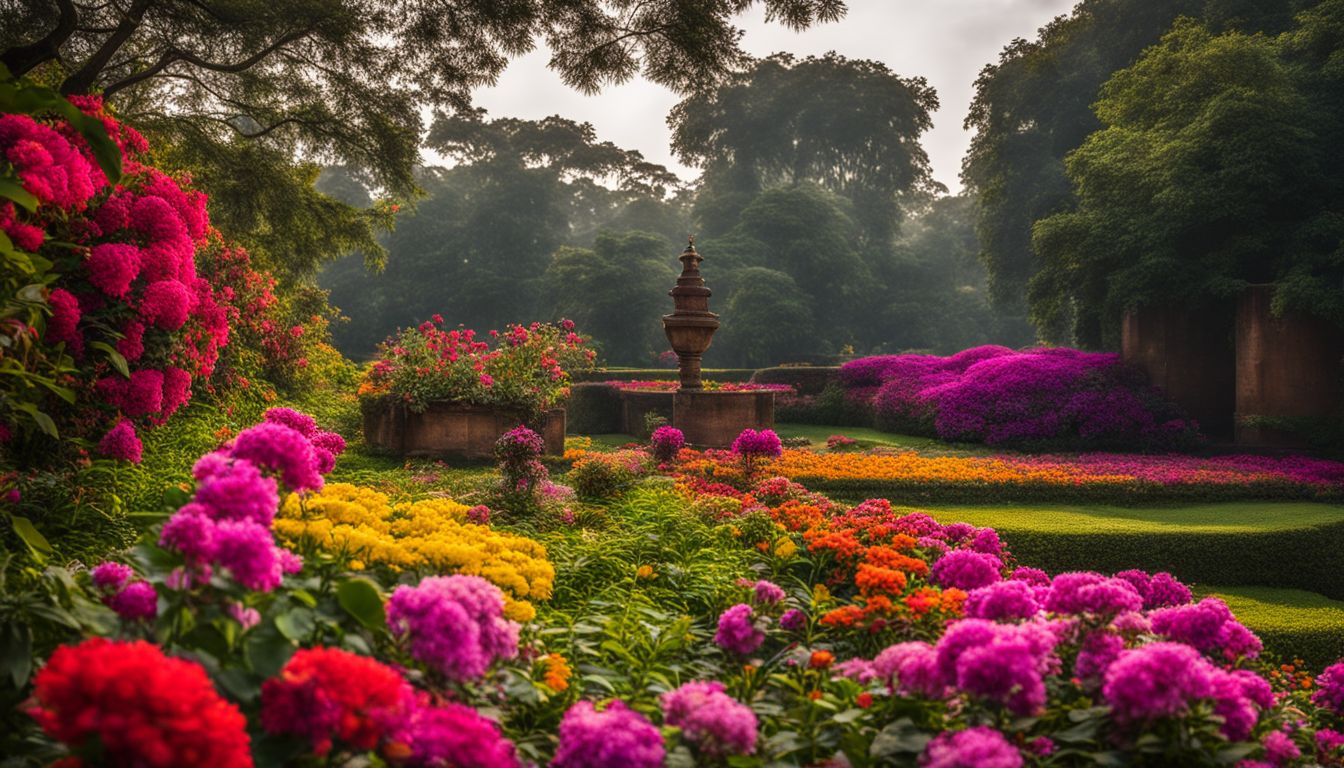 Lalbagh Fort sits in Dhaka, the old city of Bangladesh. Muhammad Azam Shah built this fort in the 17th century. It shines with a deep red color, showing off its Mughal style. But there is more than beauty here.
Lalbagh Fort sits in Dhaka, the old city of Bangladesh. Muhammad Azam Shah built this fort in the 17th century. It shines with a deep red color, showing off its Mughal style. But there is more than beauty here.
The fort holds a sad story too. A high leader’s daughter, Iran Dukht Pari Bibi, died inside these walls. Today, people from all over come to see Lalbagh Fort. Even though it was never finished, it is still one of Bangladesh’s top landmarks.
Ahsan Manzil

Ahsan Manzil is an important historical landmark in Bangladesh. The building is situated on a platform and can be found in the Kumartoli area of Dhaka. It used to be the residence and seat of the Nawab of Dhaka.
Ahsan Manzil is located by the river Buriganga in Old Dhaka, connecting it to the city’s long history.
Jatiyo Sriti Shoudho (National Martyrs’ Memorial)
-134223934.jpg)
The Jatiyo Sriti Shoudho, also known as the National Martyrs’ Memorial, is an important historic site in Bangladesh. Located in Savar, about 35km southwest of Dhaka, this monument holds great significance for the country.
Designed by Syed Mainul Hossain and built by Concord Group, it stands tall as a symbol of bravery and sacrifice. The memorial pays tribute to those who lost their lives during the Bangladesh liberation war in 1971.
It serves as a powerful reminder of the struggles and sacrifices made during that period.
Jaflong

Jaflong is a famous landmark in Bangladesh that attracts many tourists. It can be found in the northeastern part of the country, near the border with India. Specifically, it is located in Gowainghat Upazila of Sylhet District, close to the Indian state of Meghalaya.
Jaflong is well-known for its stunning landscapes and beautiful scenery. In fact, it’s considered one of the top 10 historic landmarks in Bangladesh. When you visit Jaflong, you have the opportunity to explore and learn about the rich historical heritage of this amazing country.
Sadarghat

Sadarghat is a historic landmark in Bangladesh located on the waterfront in Dhaka, the capital city. It’s not just any port, it’s the main river port for the city. This place has been significant since ancient times and is home to various structures and establishments.
Exploring Sadarghat gives you a chance to experience daily life as you witness locals going about their days and feel the lively atmosphere of the riverfront.
Puthia Temple Complex

Located 23 km east of Rajshahi city, the Puthia Temple Complex is a must-visit historic landmark in Bangladesh. It boasts the largest number of historic temples in the country, which were built by the Hindu Zamindars Rajas of the area.
One notable temple was constructed by Rani Bhubanmoyi Debi in 1830 AD. Despite being abandoned now, this complex is renowned for its rich architectural heritage and attracts many tourists.
Ruins of the Buddhist Vihara at Paharpur
The Ruins of the Buddhist Vihara at Paharpur is an amazing historic site in Bangladesh. It’s actually the second biggest Buddhist monastery south of the Himalayas! Paharpur was a really important place for learning and it played a big role in the development of Buddhism.
When you visit, you’ll see a huge brick temple with beautiful carvings on its walls. These ruins were discovered by Buchanan Hamilton way back in the 1800s. The highlight of this place is Somapura Mahavihara, one of South Asia’s largest monasteries.
So, if you’re interested in history and want to explore something truly magnificent, don’t miss out on this incredible landmark when visiting Bangladesh!
Dhakeshwari Temple
Dhakeshwari Temple is the biggest Hindu temple in Dhaka, Bangladesh. It’s also the country’s ‘National Temple’. King Ballal Sen of the Sen dynasty built it in the 12th century. During the liberation war of 1971, it became a symbol of resistance.
The temple represents Dhaka city’s diverse religious heritage. When exploring Bangladesh’s historic landmarks, visiting Dhakeshwari Temple is a must-do activity.
Other Recommended Sights and Experiences
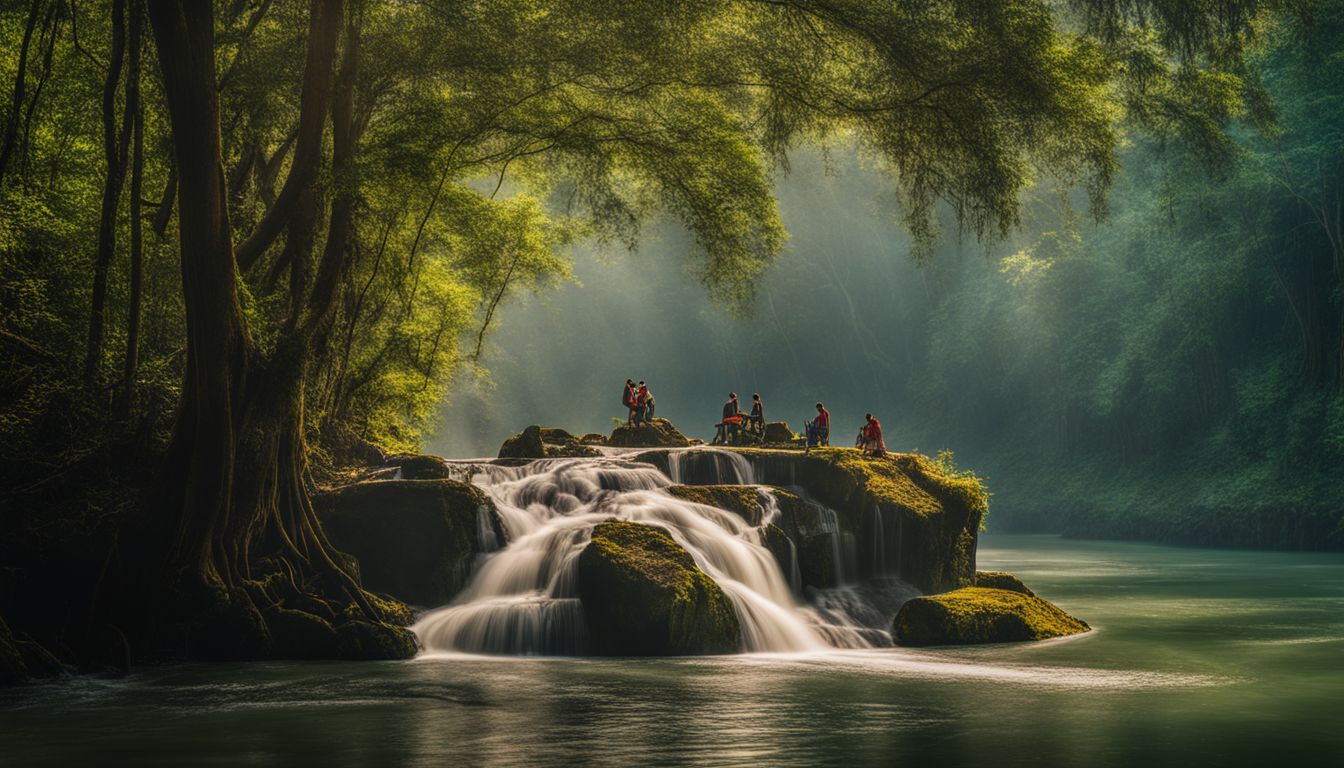
Don’t miss out on exploring the breathtaking Sundarbans, immersing yourself in the tranquility of Srimangal Tea Gardens, or marveling at the grandeur of Shahid Minar. Discover these hidden gems and more as you journey through the historic landmarks of Bangladesh.
Sundarbans
The Sundarbans is a remarkable place in Bangladesh. It’s known for having the world’s largest area of mangrove forests, and it has four protected areas that are recognized as UNESCO World Heritage Sites.
When you visit the Sundarbans, you can go on safaris and excursions to experience its unique beauty. Additionally, this region is famous for being a sanctuary for many rare and endangered animal species.
The Sundarbans is home to diverse aquatic and terrestrial plants and animals, making it an incredible destination for nature lovers.
Srimangal Tea Gardens
Srimangal, also known as the tea capital of Bangladesh, is a must-visit destination for tea enthusiasts. With over 163 tea plantations spread across its picturesque landscape, Srimangal offers visitors a unique opportunity to immerse themselves in the world of tea production.
Take a tour of the tea gardens and witness firsthand how the leaves are picked, processed, and turned into the delicious beverages we all enjoy. In addition to its thriving tea industry, Srimangal is also home to the Lawachara National Park, where you can explore lush greenery, sparkling streams, enchanting waterfalls, and encounter diverse wildlife.
The town itself boasts small hillsides dotted with forests and offers luxurious resorts for those seeking ultimate relaxation. Don’t miss out on exploring this charming corner of Bangladesh that not only delights your taste buds but also captivates your senses with its natural beauty and tranquility.
Shahid Minar
The Shahid Minar is a tall, white structure located in Dhaka, Bangladesh. It is a national monument that holds great historical and cultural significance in the country. The Shahid Minar, also known as the “Martyr Monument,” was built to commemorate those who lost their lives during the Bengali Language Movement demonstrations.
It stands as a symbol of pride and remembrance for the struggle to establish Bangla as an official language in Bangladesh. With its arches and pillars, this majestic monument stands as a powerful tribute to the bravery of those who fought for linguistic freedom.
Jatiyo Sangshad Bhaban
Jatiyo Sangshad Bhaban is the National Parliament Building of Bangladesh. It is located in Sher-e-Bangla Nagar, Dhaka. This impressive structure is considered one of the largest parliamentary houses globally and covers over 200 acres of well-maintained grounds.
The Jatiyo Sangshad Bhaban’s design and architecture showcase the country’s rich cultural heritage, making it a magnificent architectural masterpiece. Visitors can learn about the history and significance of this iconic building through guided tours and exhibits.
Baitul Mukarram Mosque
The Baitul Mukarram Mosque, located in the heart of Dhaka, is the largest mosque in the city. Built in 1968, it can hold more than 42,000 worshippers at a time. This magnificent structure symbolizes Bangladesh’s independence from Pakistan and showcases the stunning beauty of Mughal architecture.
Visitors to the mosque can also explore a museum that houses ancient artifacts and items of historical significance. It is truly a must-visit landmark for anyone looking to delve into Bangladesh’s rich cultural heritage.
Historical Significance and Background of Each Landmark
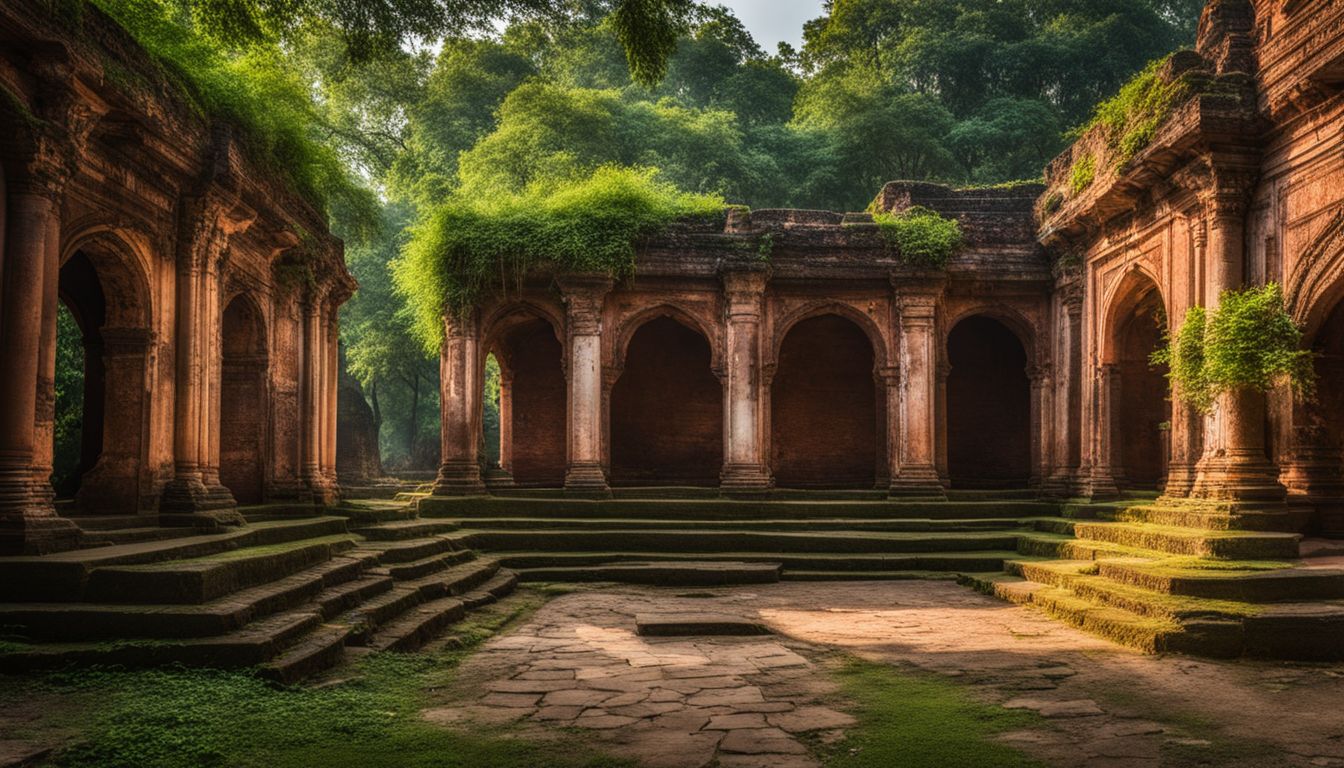
Sonargaon is a historic town in Bangladesh that served as the capital of the ancient kingdom of Bengal. It was an important trading hub during the medieval period and was known for its textile industry.
The remains of palaces, mosques, and temples can still be seen in Sonargaon, providing a glimpse into its rich past.
The National Parliament House, also known as Jatiyo Sangshad Bhaban, is an iconic architectural marvel in Dhaka. Designed by American architect Louis Kahn, it serves as the seat of the Bangladeshi parliament.
The building’s unique design represents a blend of modernity and traditional elements.
Lalbagh Fort holds great historical significance as it was originally constructed by Emperor Aurangzeb during the Mughal era. However, due to various factors such as war and political unrest, it remained incomplete.
Today, Lalbagh Fort stands as a beautiful example of Mughal architecture with its impressive gateways, gardens, and intricate carvings.
Ahsan Manzil is another architectural gem located in Dhaka that has witnessed significant historical events throughout its existence. It served as the official residence of Nawabs (Muslim rulers) during British colonial rule.
Ahsan Manzil bears witness to the lifestyle and grandeur enjoyed by these rulers through its elegant design and stunning interiors.
Jatiyo Sriti Shoudho (National Martyrs’ Memorial) is a symbol of pride for Bangladeshis who fought for their independence from Pakistan in 1971. This monument pays tribute to those who sacrificed their lives during this liberation struggle.
Its unique shape resembling intersecting bayonets further amplifies its message of bravery.
Jaflong is not just visually appealing but also holds historical significance due to its role in trade between India and Bangladesh over centuries ago when boats used Jaflong’s river port for transportation purposes.
Sadarghat is one of Asia’s largest river ports and has been a hub of trade on the Buriganga River since ancient times. It holds historical importance as it witnessed numerous significant events in Bangladesh’s history.
Puthia Temple Complex is home to several stunning temples that date back to the 16th century. The complex showcases a combination of Hindu and Islamic architectural styles, reflecting the diverse cultural influences in Bangladesh’s history.
The Ruins of the Buddhist Vihara at Paharpur is an archaeological site that was once a renowned center for Buddhist learning during the Pala Empire. These ruins are evidence.
Traveler Reviews and Experiences

Travelers who have visited Bangladesh and explored its historic landmarks have left positive reviews about their experiences. One traveler mentioned that they had a fantastic time exploring the country with Nijhoom Tours, a highly recommended tour operator.
They enjoyed visiting the various landmarks and were impressed by the country’s rich history and cultural heritage. The reviewer also shared candid photos from their trip, showcasing the beauty of the landmarks they visited.
Another traveler mentioned that they were amazed by the architectural wonders of Bangladesh’s historic sites. From ancient temples to grand palaces, each landmark told a unique story of the country’s past.
The traveler was particularly captivated by the intricate details found in these structures, which reflected both local craftsmanship and influences from neighboring regions.
Overall, those who have visited Bangladesh and experienced its historic landmarks have been delighted by what they discovered. With knowledgeable guides and breathtaking sights to behold, it is no wonder that travelers are drawn to explore this fascinating country’s rich history and heritage.
Must-See Artifacts and Structures
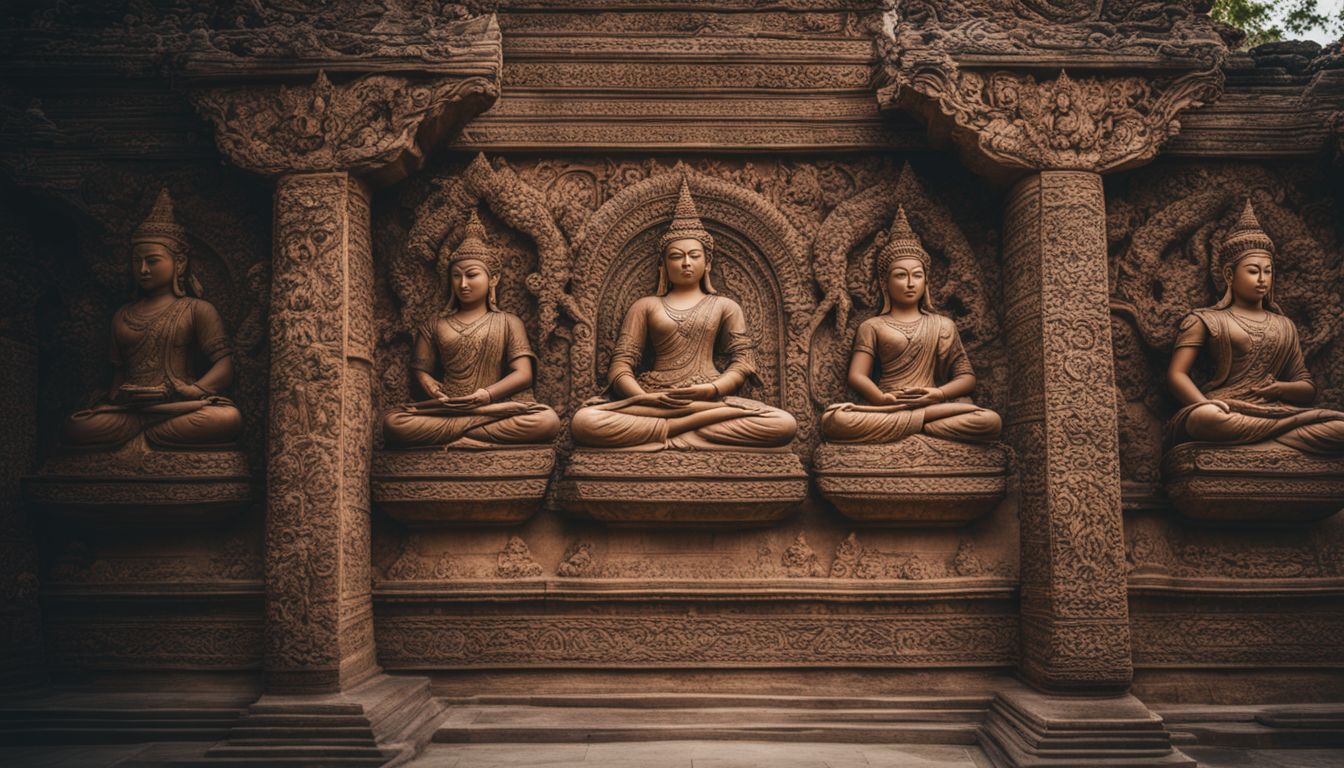
- Somapura Mahavira, a must – see Buddhist vihara in Bangladesh.
- Liberation War Museum, showcasing the history of Bangladesh’s liberation struggle.
- Salban Vihara, an ancient monastery with beautiful sculptures and carvings.
- Dhaka National Museum, housing a vast collection of historical artifacts.
- Star Mosque, known for its stunning star – shaped motifs on its walls and domes.
- Sixty Dome Mosque, a UNESCO World Heritage Site with impressive architecture.
Unique Architectural Features
The historic landmarks in Bangladesh are known for their unique architectural features. One interesting feature is the large multi-cusped arches found in many of the temples. These arches have multiple curves, giving them a distinct look compared to other architectural styles.
Another notable feature is the design and style of hut-dome mosques. These mosques have a unique shape that resembles a dome atop a rectangular base, resembling traditional huts. This design sets them apart from other mosques around the world.
Additionally, it’s interesting to note that the minarets seen in Bangladesh’s mosques were added later and are not originally part of the traditional architecture. They were influenced by Mughal rulers who introduced these tall towers as decorative elements.
Lastly, terracotta decorations play an important role in Bangladeshi architecture. However, during the Mughal period, these decorations were replaced with different designs and patterns, resulting in a blend of different architectural elements.
These unique architectural features add to the charm and beauty of Bangladesh’s historic landmarks, making them truly special places to visit for history buffs and architecture enthusiasts alike.
Connecting with Bangladesh’s Culture and Heritage
– Immerse yourself in the vibrant festivals and celebrations that showcase Bangladesh’s rich cultural heritage, such as Pohela Boishakh (Bengali New Year) and Eid-ul-Fitr.
– Explore the traditional arts and crafts of Bangladesh, including pottery-making in Rangpur and weaving in Tangail.
– Indulge in the local cuisine, which is a perfect blend of flavors from various regions, like Hilsa fish curry and pitha (traditional rice cakes).
– Visit the bustling markets to experience the energy and excitement of daily life, such as Dhaka’s Kawran Bazaar or Chittagong’s Karnaphuli Bazar.
– Engage with locals through homestays or community tourism initiatives to gain insight into their way of life and traditions.
– Attend cultural performances showcasing traditional music, dance forms like Baul songs or Jatra theatre, which portray stories from Bengali folklore.
– Participate in language workshops to learn basic Bangla phrases and connect with locals on a deeper level.
– Learn about influential figures who shaped Bangladesh’s culture by visiting museums like Ahsan Manzil Museum or Liberation War Museum.
Stop writing here.
Planning Your Visit: Tips and Recommendations
To make the most of your visit to Bangladesh and explore its historic landmarks, here are some tips and recommendations:
- Research and plan your itinerary beforehand to ensure you don’t miss out on any must-see landmarks.
- Consider hiring a local guide or joining a guided tour to learn more about the history and significance of each landmark.
- Dress modestly when visiting religious sites, such as temples and mosques, out of respect for the local culture.
- Don’t forget to try the delicious street food available throughout the country. Be adventurous and sample local dishes like biryani, samosas, and different types of curries.
- Be prepared for hot and humid weather in Bangladesh. Pack lightweight clothing, sunscreen, a hat, and stay hydrated while exploring.
- Check visa requirements well in advance and ensure that your passport is valid for at least six months from the date of entry.
- Use public transportation or hire a reliable driver to get around the cities safely and efficiently.
- Make an effort to interact with locals and learn about their traditions and customs. This will enhance your experience of immersing yourself in Bangladesh’s culture.
- Inquire about any festivals or events taking place during your visit as they can add a vibrant touch to your journey.
Conclusion
In conclusion, exploring the historic landmarks of Bangladesh is like taking a journey through time. From the ancient ruins of Paharpur to the majestic Parliament House, each landmark tells a unique story of the country’s rich history and cultural heritage.
Whether you’re a history enthusiast or simply curious about experiencing something new, visiting these sites in Bangladesh will leave you with a deeper appreciation for this beautiful country and its fascinating past.
FAQs
1. What are some famous landmarks in Bangladesh?
There are many historic landmarks in Bangladesh that you can explore during your journey.
2. Can I go on a tour to see the Bangladesh landmarks?
Yes, you can arrange tours to learn about and see the historic landmarks of Bangladesh up close.
3. Are there guides available for exploring Bangladesh’s landmarks?
Sure, professional tour guides are often handy to guide visitors through the rich history of each landmark.
4. Does it take a long time to visit these sites in Bangladesh?
The period may differ depending on which and how many historic landmarks you want to visit during your journey through time in Bangladesh.


